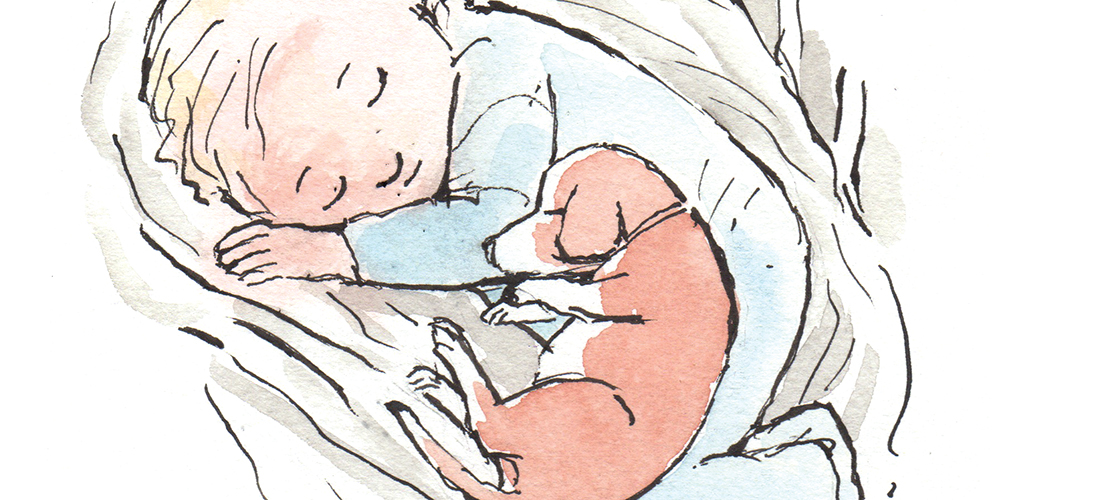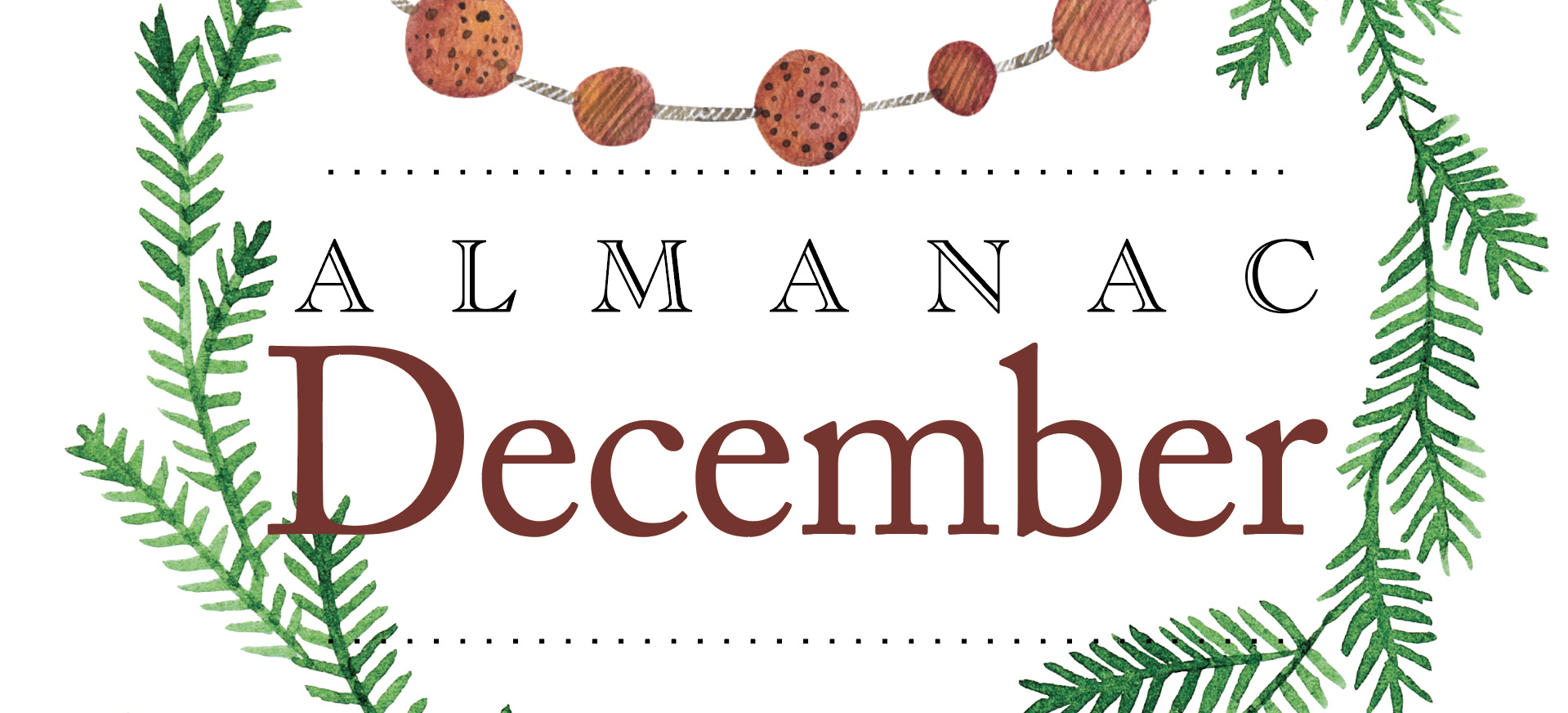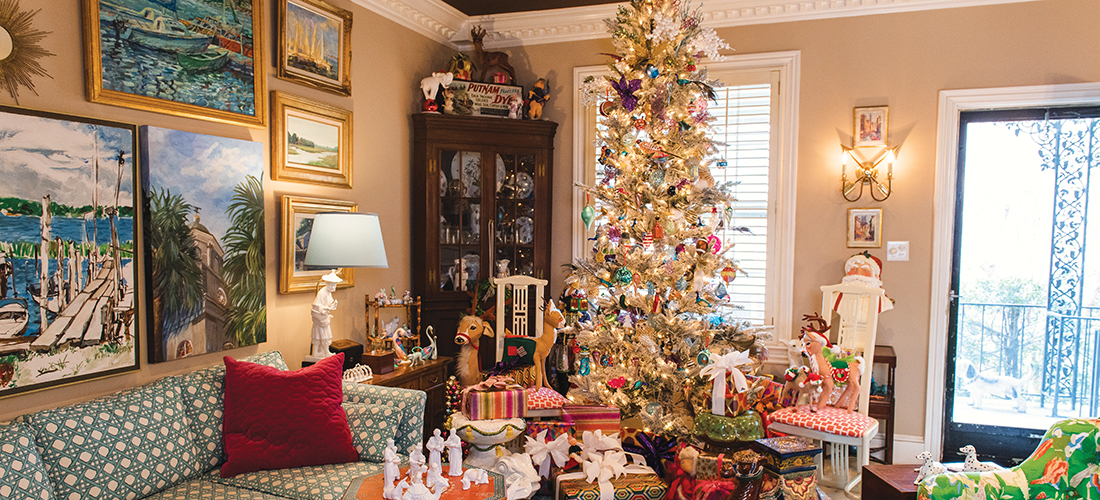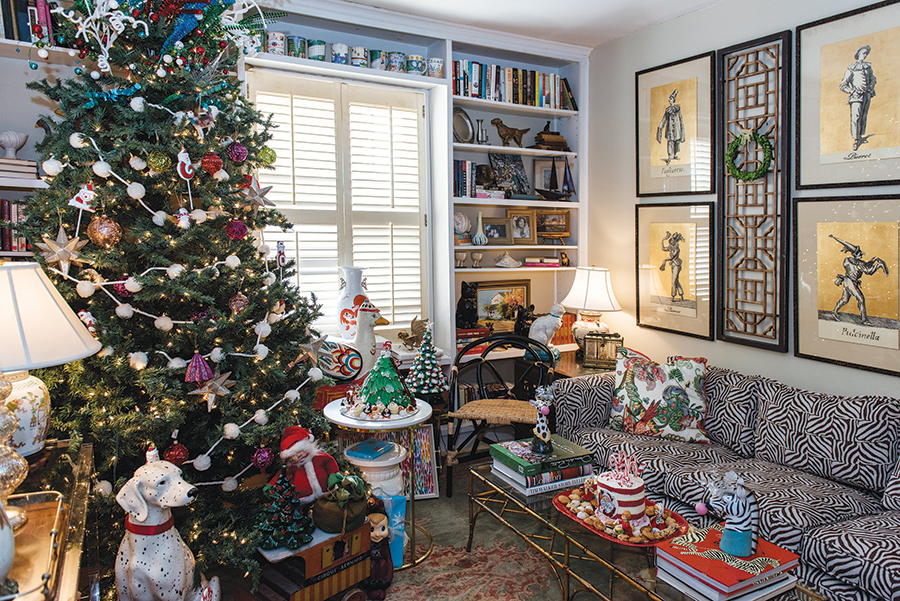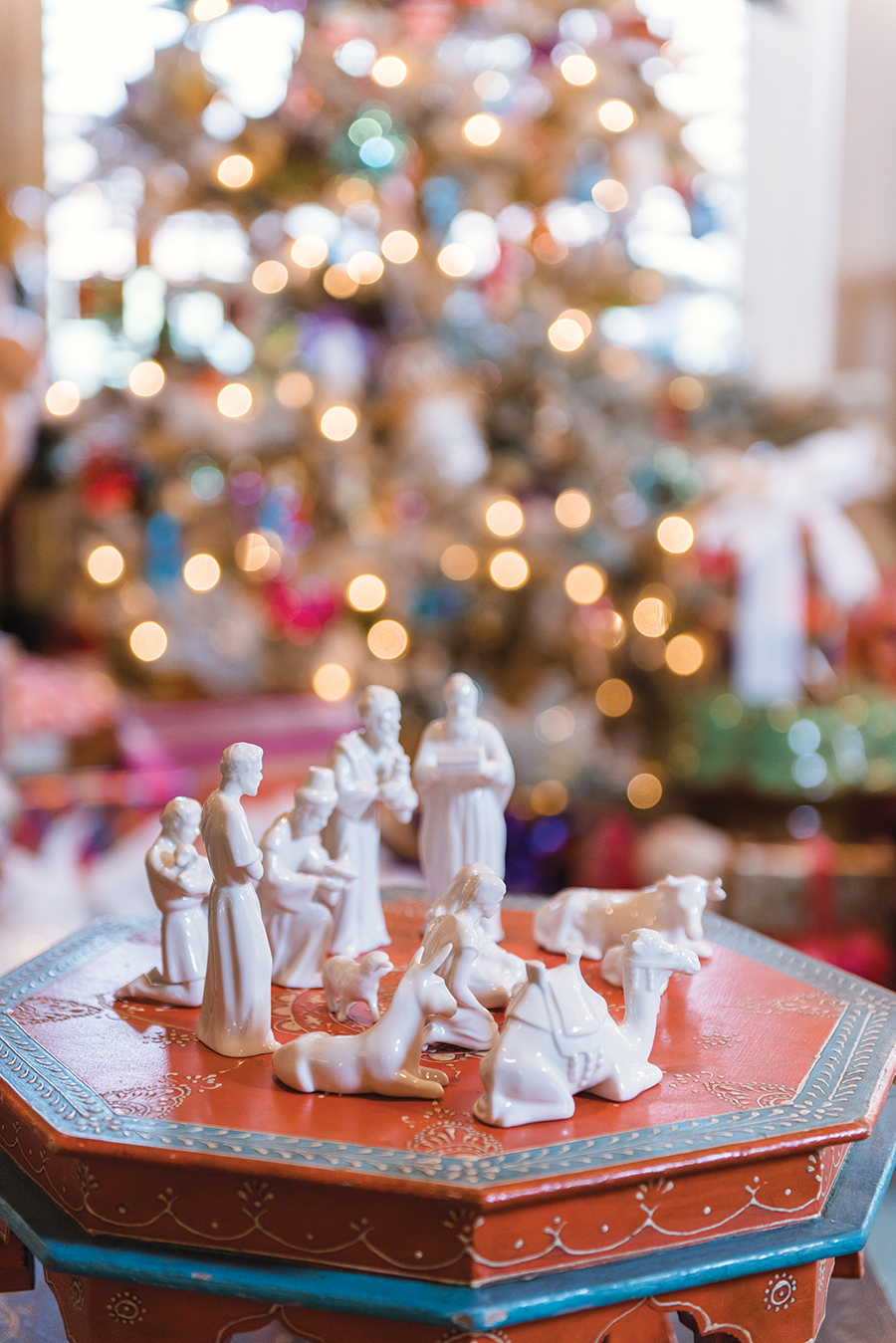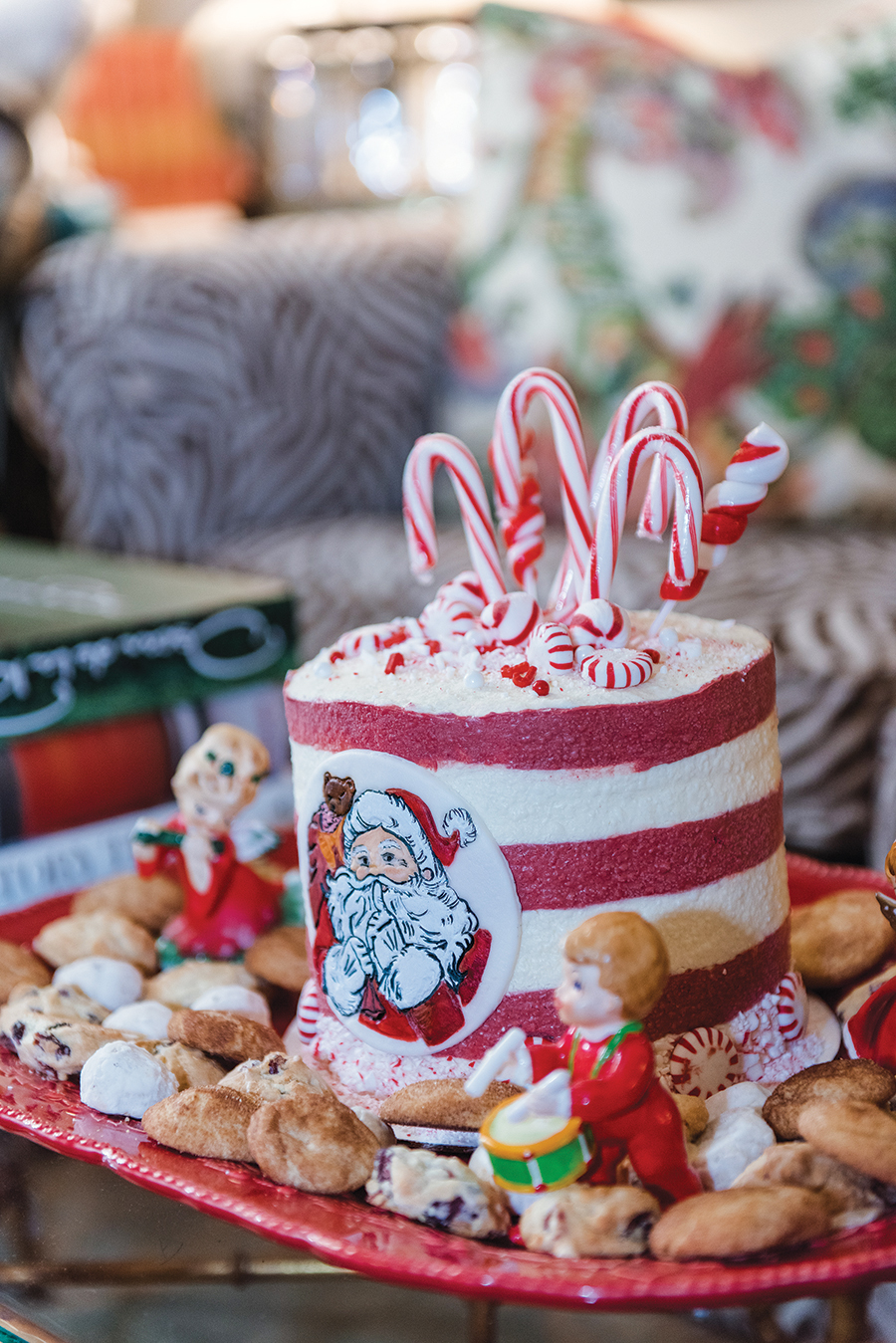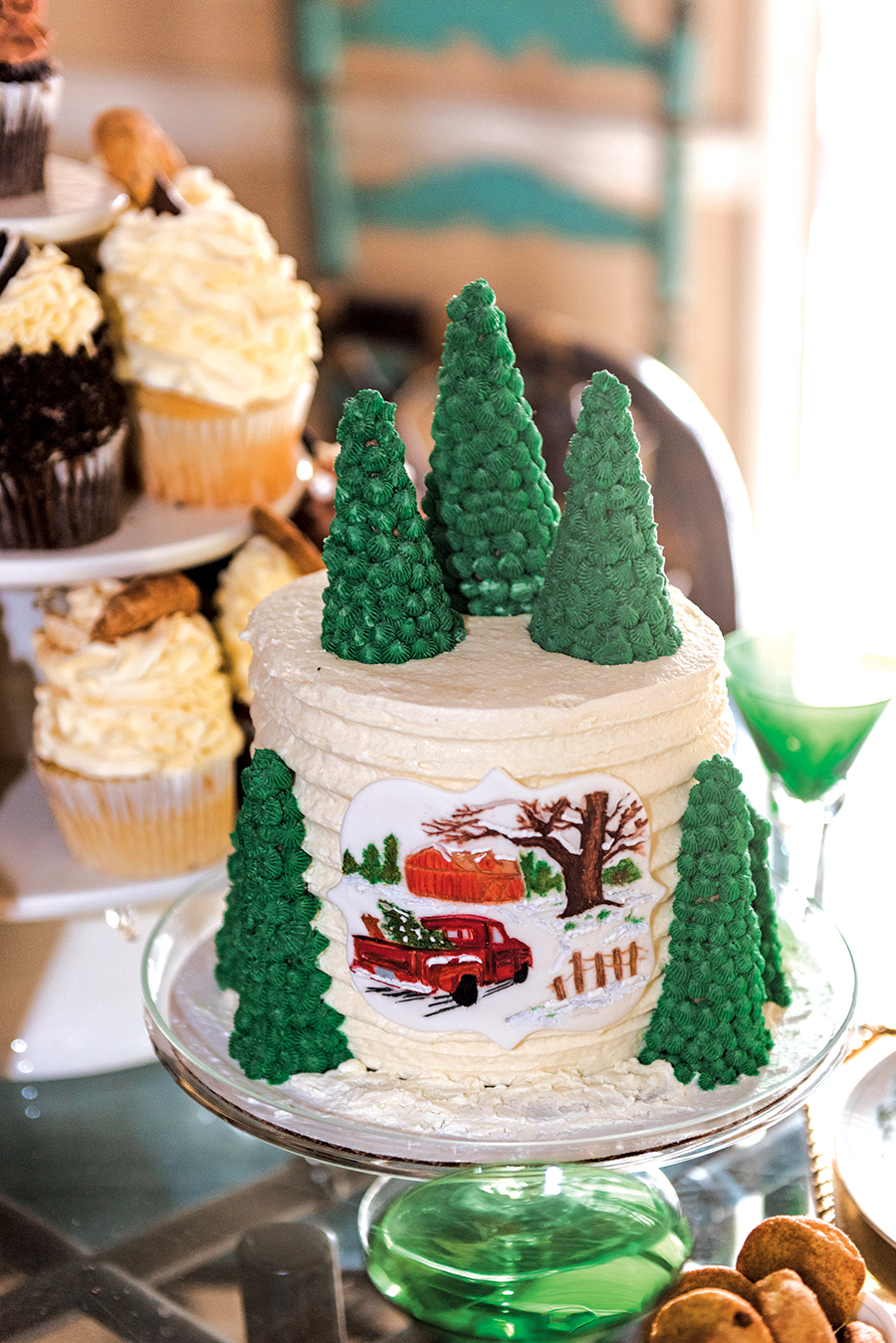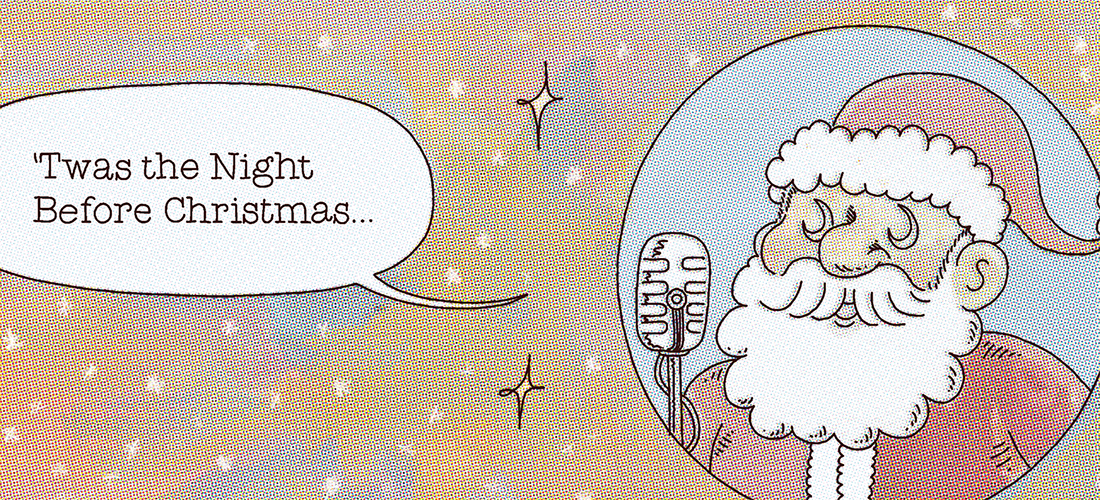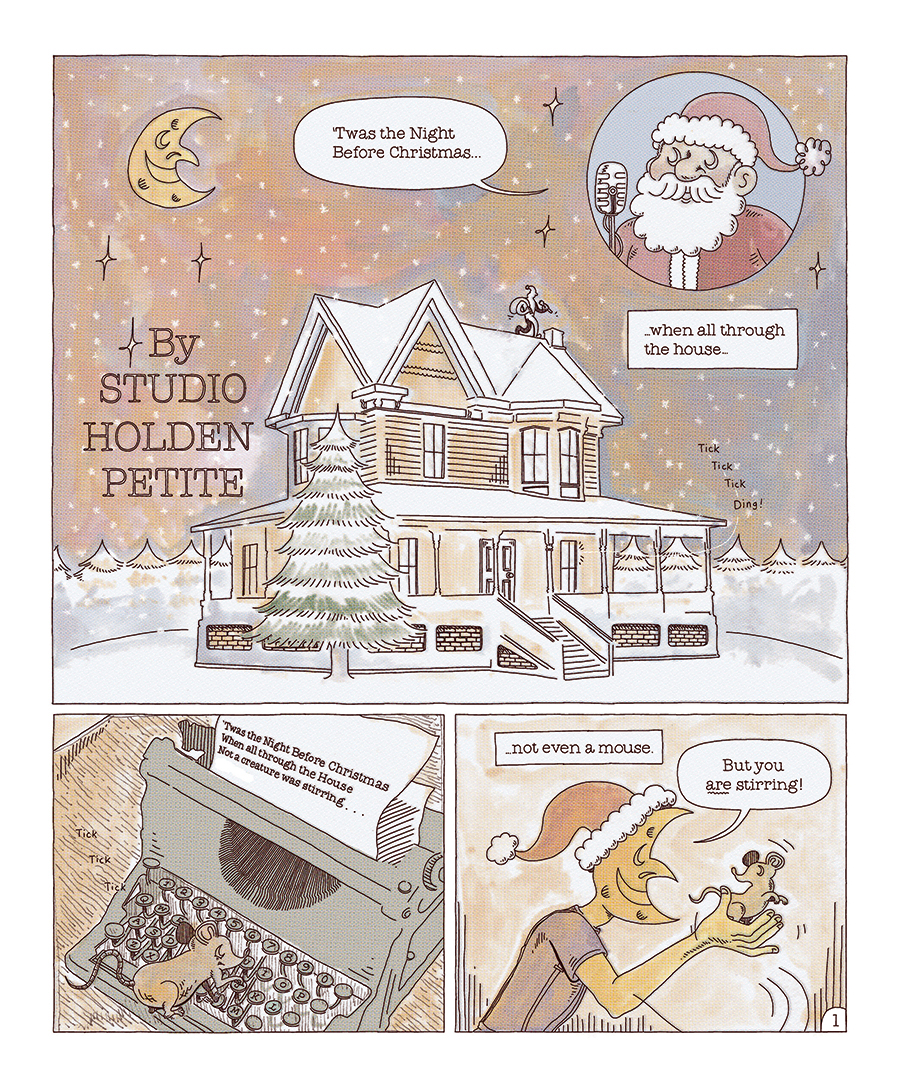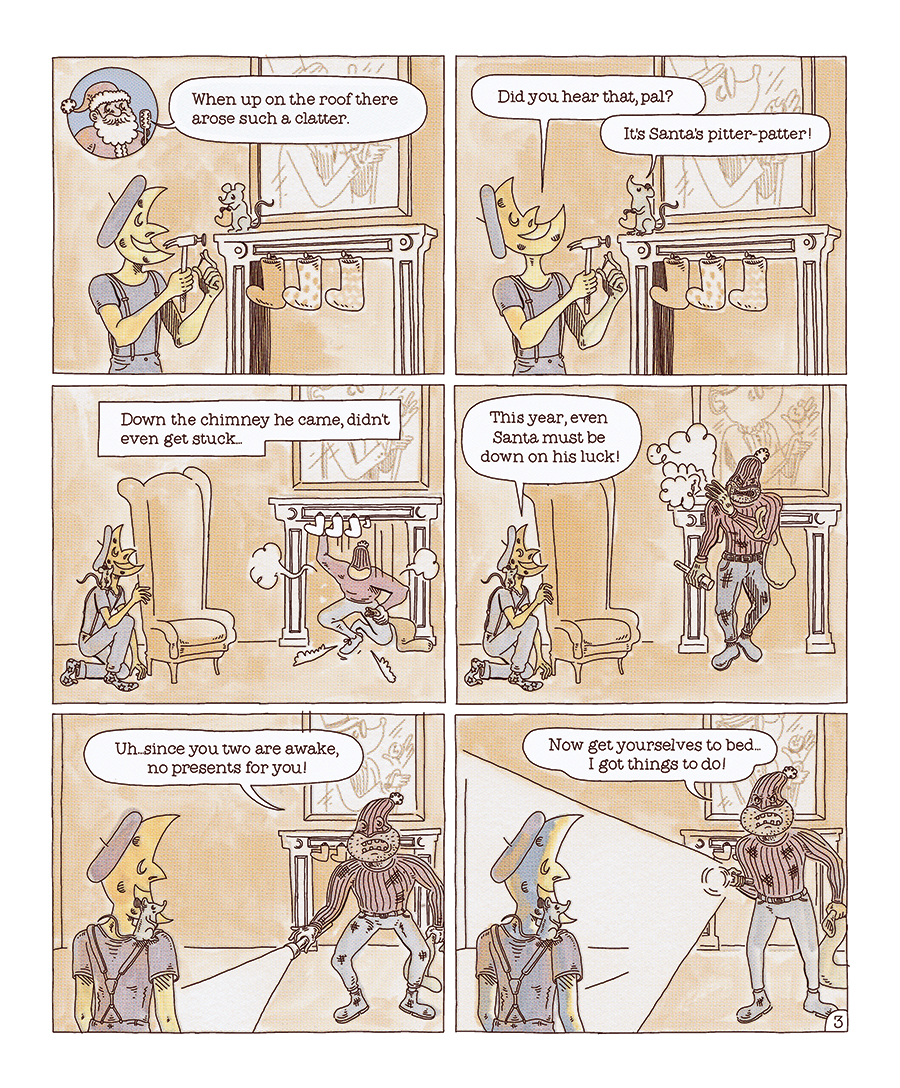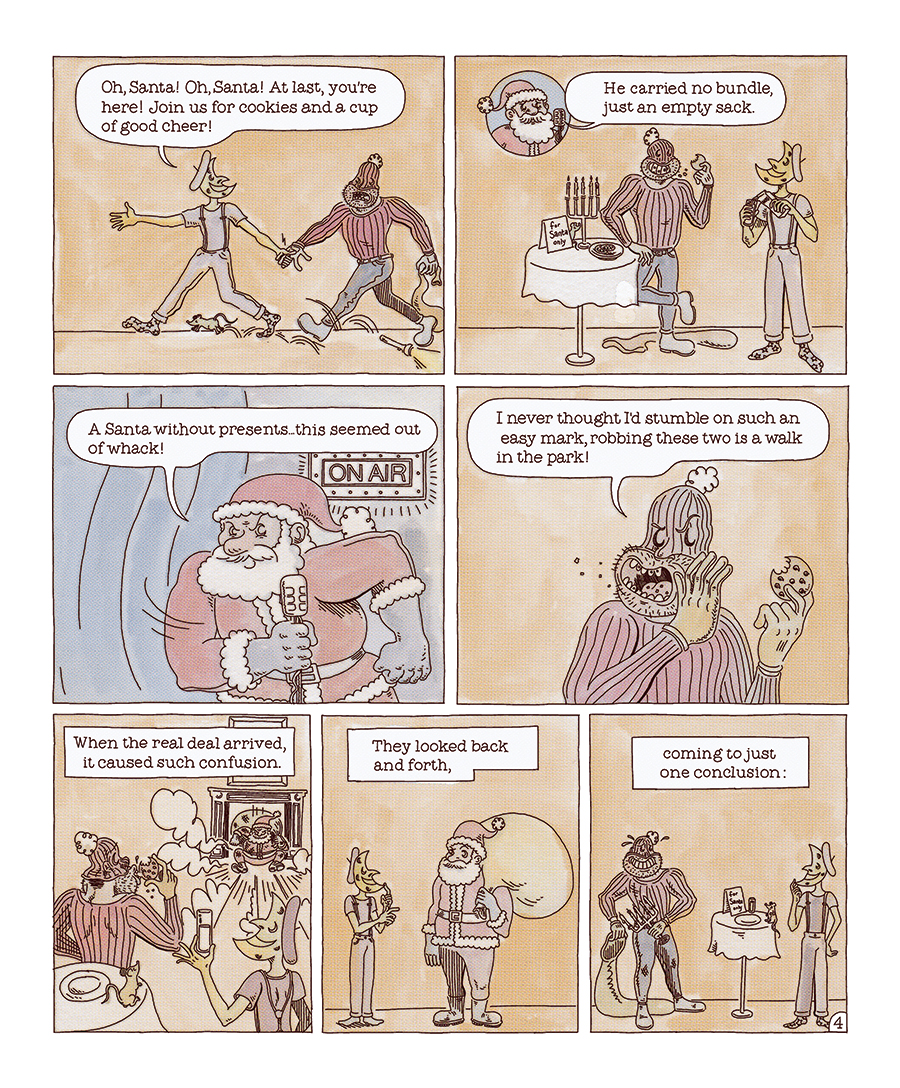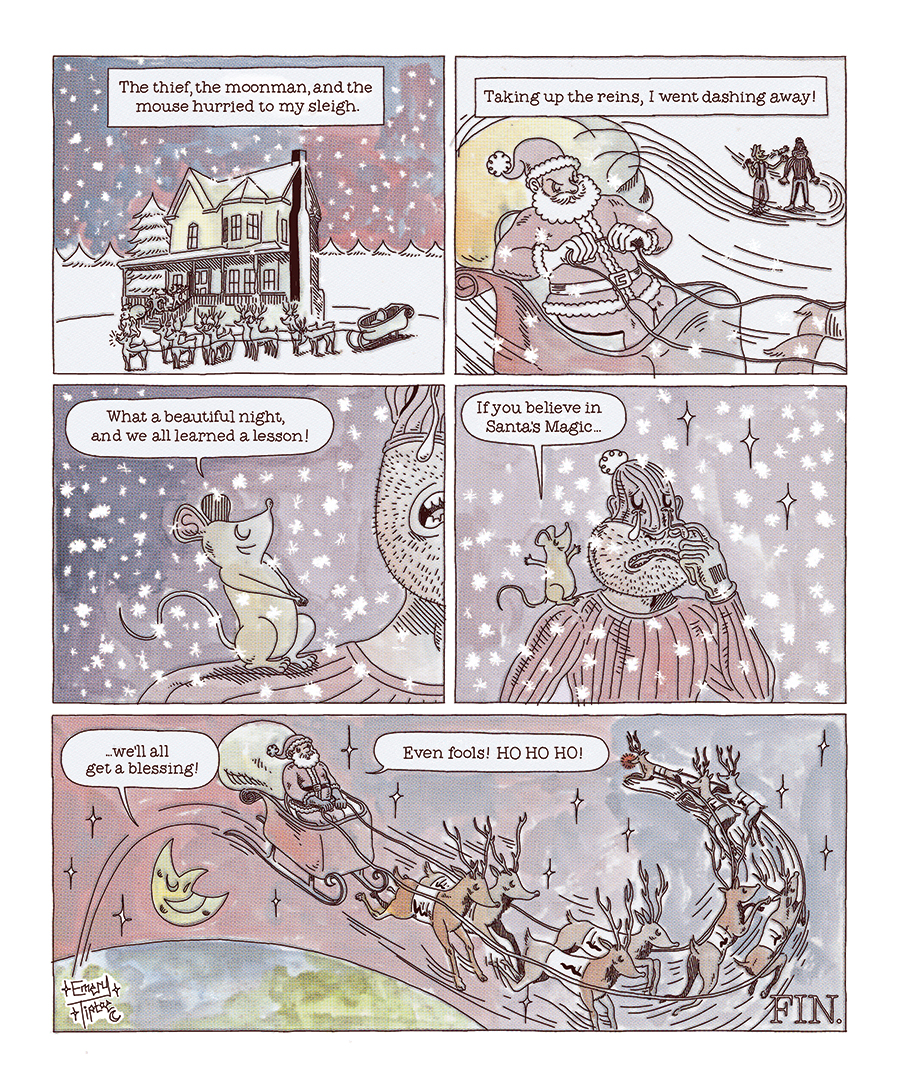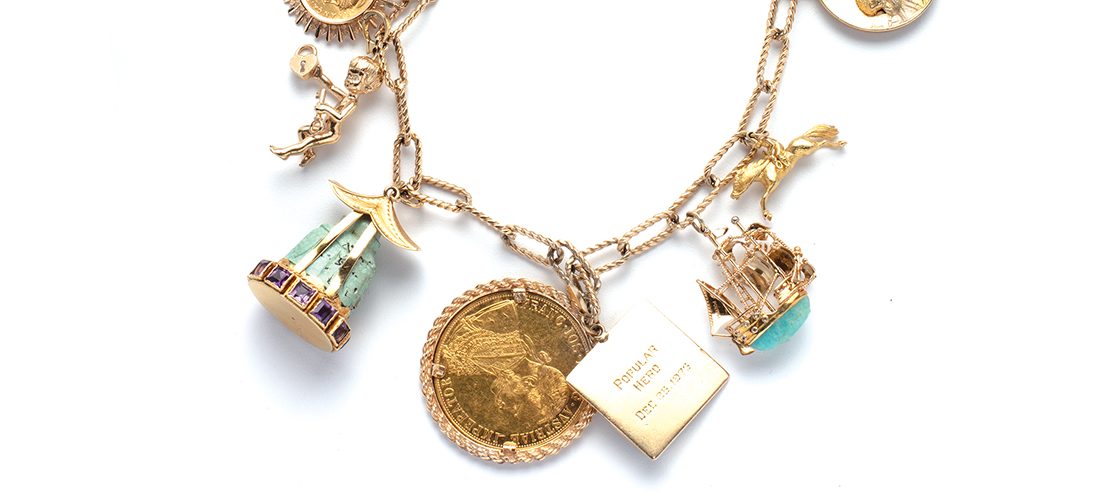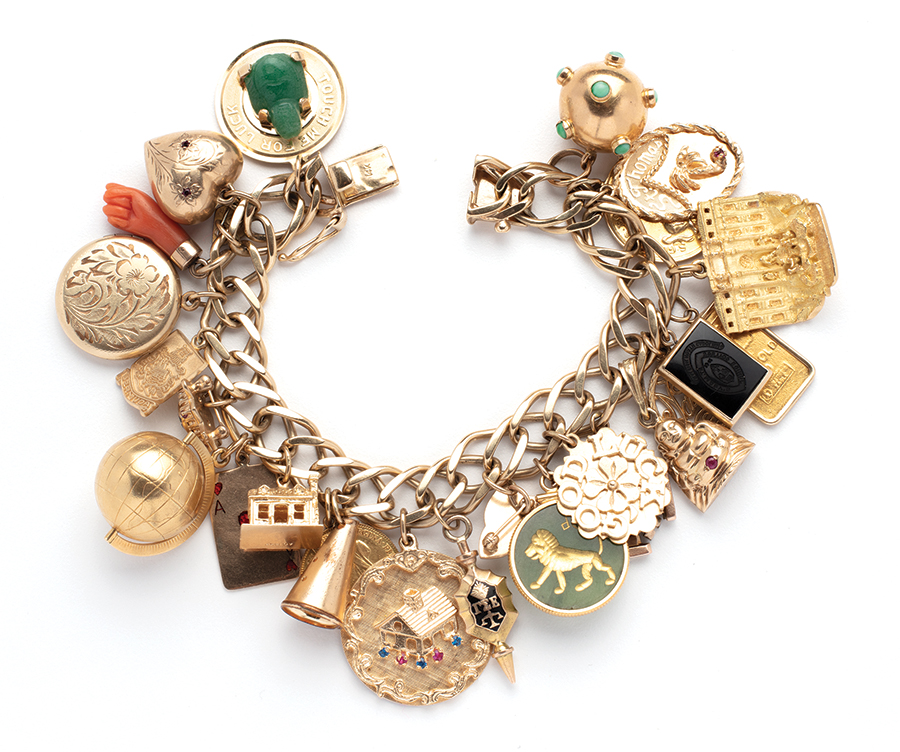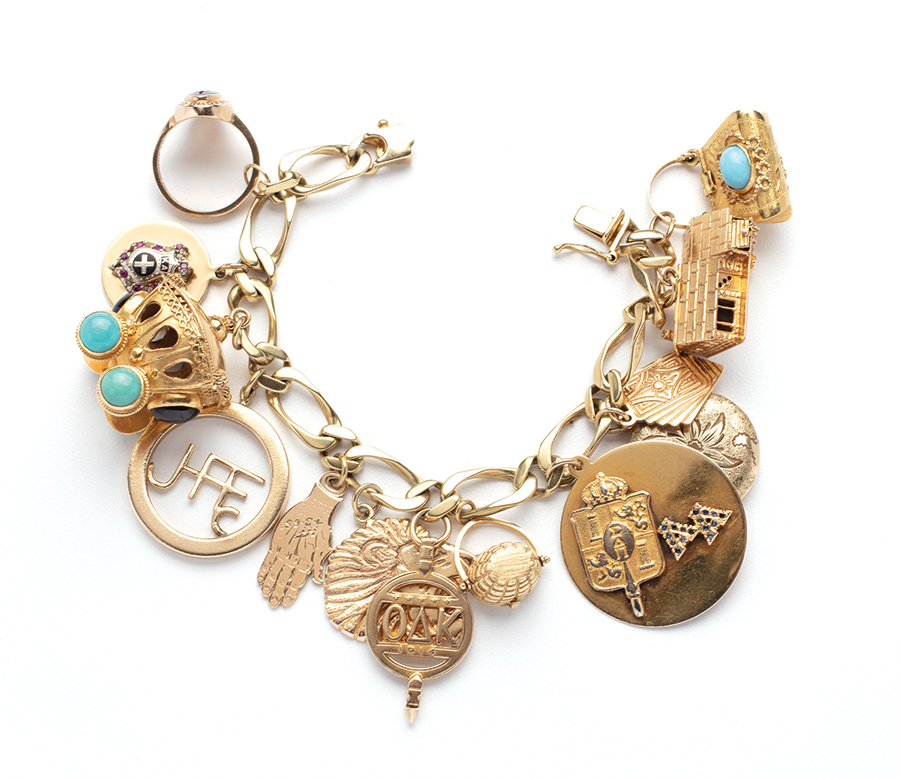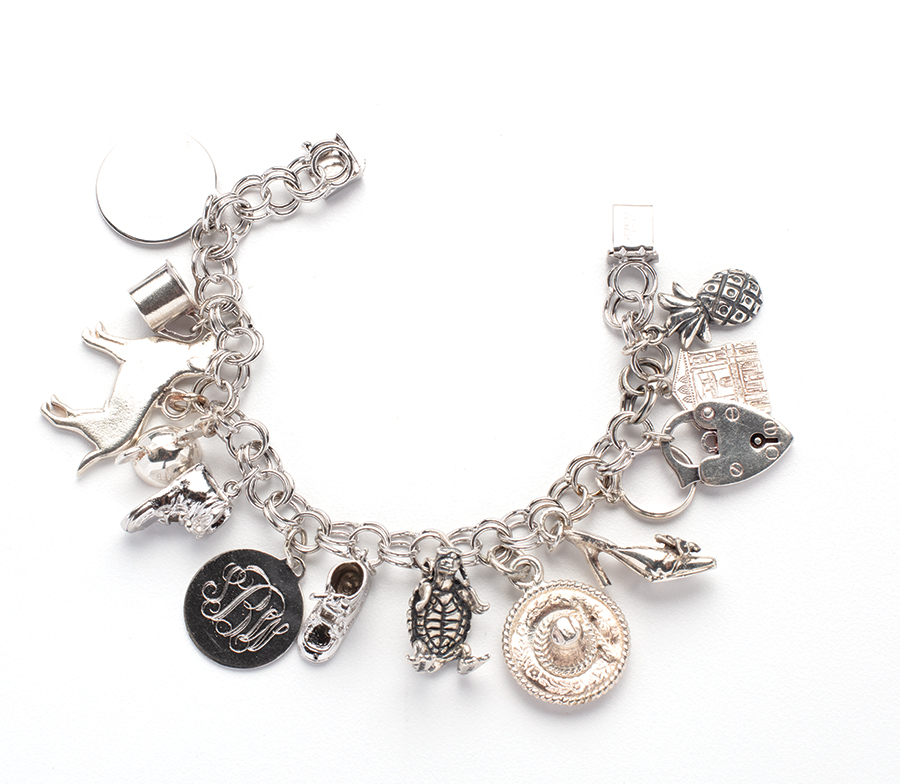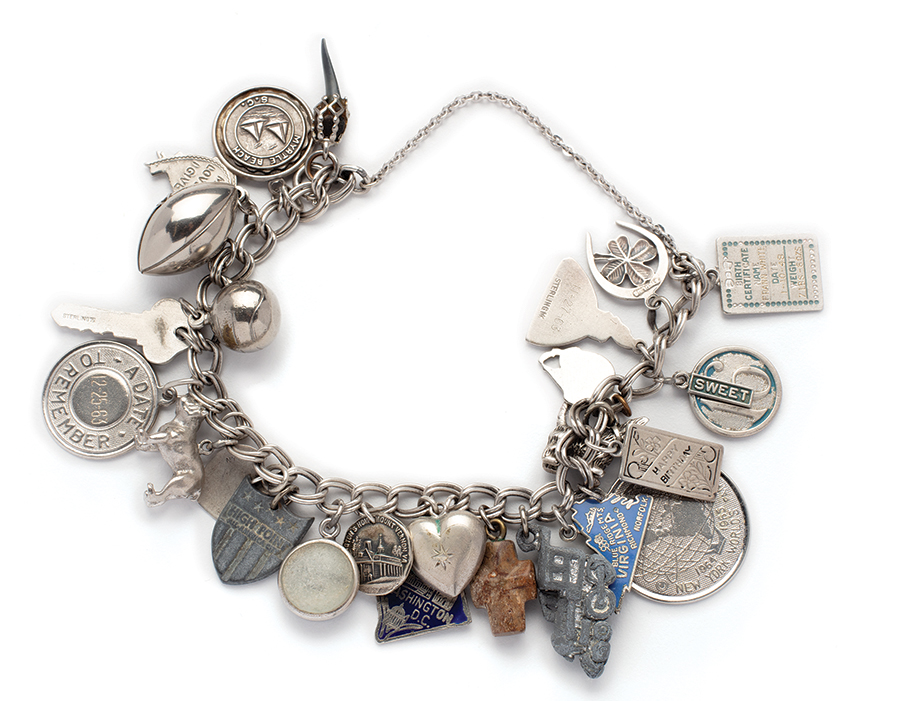Simple Life
Limp Excuse
Finding a Good Story for a Bad Knee
By Jim Dodson
I’ve been limping along with a bum knee for exactly six months. One thing I’ve discovered — the painful way — is that I’m not a natural limper.
There are some people who are born to limp and look darn good doing it. Forest Gump, Ben Franklin and Dr. Strangelove all limped, and just look what it did for their careers. Ditto Grandpa on The Real McCoys, Napoleon Bonaparte and James Arness of Gunsmoke fame, who limped from a leg wound that won him a bronze star during the Second World War.
Then there are the athletes who limp. One of the greatest moments in the history of baseball — the best performance by a limping athlete, if you will — happened in the World Series of 1988 when an injured Kirk Gibson, nursing a bum left knee exactly like mine, startled fans by limping out of the dugout to pinch hit for the L.A. Dodgers, down 4-3 with two out in the bottom of the ninth in the first game of the series against the mighty Oakland A’s. Ace Dennis Eckersley was on the mound throwing smoke. Gibson somehow worked a full count and then swatted a home run to win the game over the right field fence.
My limping, on the other hand, is downright embarrassing. I look nothing like Kirk Gibson limping around the bases while the crowd in L.A. loses their minds and the great Curt Gowdy hollers in disbelief, “It’s a miracle, I tell you! A miracle.”
A bum knee, in short, needs a dramatic narrative. But my limp looks like a grocery cart missing a front wheel or an old pirate who lost part of his peg leg in a tavern brawl.
People who see me limping along like an old pirate pushing a broken grocery cart feel so sorry for me. I can see it in their faces — pure, undisguised limping pity.
“Oh, dear, are you all right?” a tender-hearted granny-sort asked me the other evening as I limped through Harris Teeter to buy my first quart of seasonal egg nog.
“Yes ma’am,” I said truthfully. “It only hurts when I walk.”
“Oh, sweetie, how did you injure it?” she wondered, the picture of deep granny-type concern.
I told her the truth. “If you must know, I recently leapt out of a helicopter into a raging flooded river to save a litter of golden retriever puppies about to go over a waterfall in a washtub.”
She was so moved she could hardly speak.
“That is so brave,” she finally managed, wiping a tear and hugging me.
“Yes ma’am. The best thing is, every one of the puppies survived. Now I’m finding them all good homes for Christmas.”
True, I lied. You probably guessed that by now. But having a bum knee and a sorry limp with no narrative at Christmas can change you in ways that make Dr. Strangelove look like a Boy Scout selling homemade brownies.
How could I possibly tell that sweet little granny-like person with an honest face that I simply hurt it while playing golf on a rainy afternoon back in May? That all I did was make a sorry swing with a sand wedge and feel the sand shift beneath my left foot and something in my knee twist. What kind of silly injury is that?
Back in my early teens and twenties, after all, my own mother used to call me Hurricane Jimmy because I displayed a talent for injuring myself in all kinds of interesting ways: falling off my bike or out of trees, tripping into open holes, coming home with a bloody nose or flesh wound after every sort of neighborhood game. I never cried and healed fast. Getting injured was my thing.
For example, I nearly put out my right eye by sliding home in a Little League baseball game and colliding with the catcher, a moment that briefly gained me the admiration of classmates and the attention of the elusive Della Hockaday. I got to wear an eye patch to school for a week and was thus encouraged to present Della a mood ring from Woolworths, which she wore for almost two whole weeks before giving it back in order to go steady with Woody C. Ham, who had a more interesting injury than mine, having broken his arm by falling down the bus steps. He had a big honking cast on his arm that the whole school got to sign, making him an instant celebrity. By then my eye patch was gone, my heroic baseball injury forgotten, and so was any hope of romance with Della Hockaday —my first hard lesson in love and personal injury.
That next winter, while skiing in western Maryland, I crashed through a snow fence and wound up spending New Year’s Eve with my right leg in a sling at a Catholic hospital where the nuns made a big fuss over me. I believe this might be where I had my first sip of eggnog — straight nog, of course. So I owe the nuns that. But it just wasn’t the same as Della Hockaday.
Rather disappointingly, I played two years of organized football but never had a decent injury to speak of until college, where I foolishly attempted to make the university’s team as an invited walk on and tore apart my dodgy ski bum knee and required surgery. I spent a month hobbling on crutches with a leg cast that made Woody C. Ham’s look like a cheap trick just to get Della Hockaday in the mood.
Later, I crashed gloriously headlong into the bleachers during a heated intramural basketball game that required a dozen stitches in my forehead, but made me look more like a son of Frankenstein than Hurricane Jimmy. On the plus side, that very next summer, working on a crew putting up lightning rods on barns, I drove a steel rod threw my hand and wound up being the head usher at my college roomie’s wedding with a right hand swaddled up like baby Jesus. I was a big hit with the bridesmaids.
In my twenties I played on three different softball teams in Atlanta and wound up having that same bum right knee seriously operated on twice more, each time milking my injury for all it was worth.
Then something strange and totally out of character happened. I moved to New England, got married, became a father, built my own a house on a forested hill and became a crazed landscape gardener. During those two decades I traveled the world walking golf courses and rebuilt the ancient stone walls that surrounded our property, with plenty of cuts and bruises, but no major injuries worth mentioning. I even spent six weeks in Africa chasing crazy plant hunters though some of the scariest terrains on earth with nothing more to show than a bad tick bite and a few gouges. I was informed by our guide that the tick bite might cause a terrible case of jungle fever and I might wake up in the dead of night shouting out for Kim Bassinger or at least Della Hockaday. But sadly, it just never happened.
Where had Hurricane Jimmy gone? Life is so bittersweet and short when you’re living from one injury to the next.
All of which makes the silly little injury to my “good” knee in a sand trap last May so embarrassing — maybe even a true sign of age and creeping decrepitude. All it took was a little twist in the sand and I’ve been limping like Chester on Gunsmoke ever since.
The orthopedic specialist who examined the pathetic knee in question pointed out that I’m too young for new artificial knees and suggested I simply shut up and give my sissified injury time to heal on its own, which I more or less have — except for the shutting up part.
At the risk of sounding like that sixth grade Lothario Woody C. Ham, since every other person you meet here in the Sandhills can boast of either a new artificial hip or pair of new knees and is more than happy to show off with a brief tango or tell you about their advanced aerobics class at First Health, I’ve created my own dramatic narrative to explain my pathetic limp in grocery stores.
True, six months has officially come and gone and — yes — the sissy knee feels better and my limp seems to be finally fading a bit. But this ordeal is so unworthy of my happy Hurricane Jimmy days, I’ve had to resort to bold narrative measures.
Which explains why I’m drinking straight egg nog with both hands this Christmas and telling myself (and anyone else who will listen) that at least I saved those adorable puppies in the nick of time and found them a warm safe home for the holidays.
Wherever she’s gone, I hope Della — depending on her mood — might be proud.


